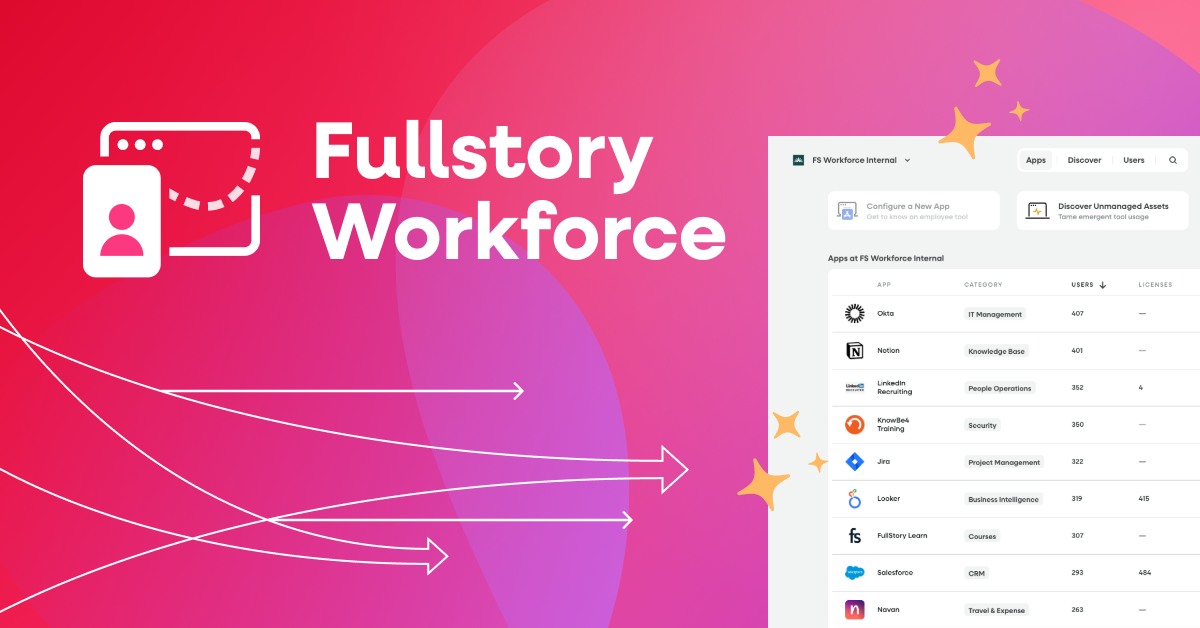When the Perseverance rover touched down on Mars in early 2021, the team back on Earth was bombarded with an incredible 30 gigabytes of information in just a few moments’ time. But they took it in stride.
Instead of manually parsing thousands of data files, they had extensive dashboards telling them what they needed to know at a glance.
There’s a similarity there about modern web tools: the more detailed and complex the information that’s being conveyed, the simpler dashboards need to be.
While your product management team isn’t quite going to Mars, you still rely on truthful, at-a-glance information to get stuff done. Enter product dashboards.
What is a product dashboard? What can it monitor?
Essentially, dashboards take a broad array of data and present it in a way that addresses the questions you and your team have. Whatever the platform—Google Analytics or Adobe Analytics or a behavioral data platform—dashboards make it easy to answer questions about specific KPIs and monitor them for trends or anomalies over time.
Fullstory's product analytics dashboards take the rich, detailed data used to recreate your end-user’s sessions and output high-level snapshots on projects, monitor issues and identify trends. Additionally, Fullstory dashboards can also link these visualizations to matching sessions, so you can seamlessly navigate to session replays without ever having to run a follow-up search.
More narrowly, what can dashboards monitor?
A single metric to help you clearly understand your progress toward (or ability to maintain) a single KPI, such as number of clicks on a new feature to signal adoption.
A metric trend to visualize over time for multiple groups, such as visits to a specific page by different segments of users.
A dimensionality to understand if a specific condition or location is contributing outsized impact—for instance, that most error clicks on a page are coming from one browser.
Funnels and Conversions to provide a product or website health snapshot of an important journey, such as whether users are finding their way from a new feature to a checkout page the way you hoped.
The five dashboards product teams should build
As a member of the Fullstory consulting services team, I have the pleasure of talking to power users every day.
In working with the “mission control operators” of some of the world’s best websites and apps, I’ve noticed a trend of five important questions (and their corresponding dashboards) each of these teams use to monitor and drive their work:
1. Where is our digital experience falling short?
NPS is a popular way to measure customer satisfaction, but you can also leverage dashboards within your tools to identify trends and match them to the corresponding session. Sample metrics may include:
Total surveys shown, completed, or abandoned
Top responses to specific survey questions
Time to complete survey
Surveys served per page
2. Where are users experiencing frustration?
Watching session replays can uncover specific issues causing friction for your users, but what if they’re impacting more than one user? Dashboards can aggregate data to show:
Top frustration signals like Rage Clicks, error clicks, and dead clicks
Top highlighted text
Top refreshed pages
Top watched elements shown (e.g. customer-facing error messages)
3. How are users interacting with our content?
A holistic overview of traffic, journeys, and interactions is available in many popular analytics tools already in use. But capturing this information in the context of the user experience can provide an invaluable opportunity to deepen your learning with insights around:
Total traffic (and by device, browser, and OS)
Top referrers
Top clicked navigation elements or elements overall
Percent of users by scroll depth
Percent of users engaging with "Help"
Completion rate for a desired path
4. Are performance issues weighing our digital experience down?
A snapshot of how your domain, category, or page is performing from a technical perspective, including:
Average page load speed
Average first Contentful paint
Average number of console errors
Uncaught exceptions by operating system
Uncaught exceptions by type
Fatal exceptions
Ajax errors for a domain by URL
Number or rate of mobile app crashes
Number of specific errors
5. How are new features working?
A combination of the frustration, engagement, and performance metrics available to be monitored can provide unique perspective:
Total clicks on a new button
Percent of users clicking on a new button
Conversion rate after clicking on a new button
Error clicks on a new button
If you’re not getting the detail your team needs at a glance—and you’re not yet using Fullstory—let’s chat.
Get a personalized demo of the Fullstory behavioral data platform today.



